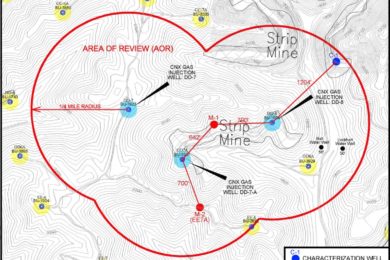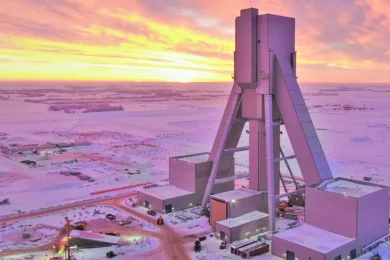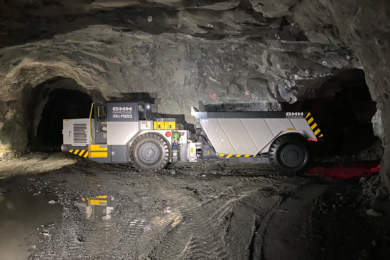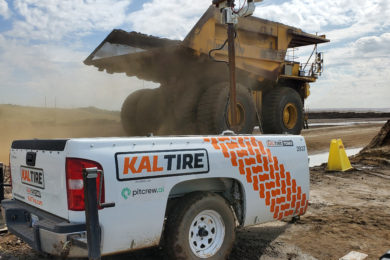WellDog, Virginia Tech and Carbon GeoCycle have announced that they have collaborated to deliver the world’s first successful direct verification of carbon dioxide sequestered in an underground rock. The verification, made using WellDog’s proprietary Reservoir Raman System, reveals that carbon dioxide injected over the last two years successfully flowed into all of the targeted coal seams. The $15.5 million sequestration project is located in Buchanan County, Virginia. The project is funded by the US Department of Energy, Virginia Tech, and private industry.
The test involves injecting over 13,000 t of carbon dioxide into stacked unmineable coal seams at depths of 900 to 2,000 ft with the goal of storing carbon dioxide while simultaneously enhancing natural gas recovery. “Carbon sequestration in geologic formations is our best way to slow and reverse climate change,” said John M Pope, PhD, Chief Executive Officer of WellDog. “But understanding how, where and for how long sequestration occurs in rocks thousands of feet below ground is difficult.”
“In this project the carbon dioxide flowed into the wellbore, but until we took direct downhole measurements in each coal seam, significant uncertainty persisted regarding which coal seams the carbon dioxide had sequestered,” explained Pope. “We are pleased that WellDog’s technical services and Carbon GeoCycle’s sequestration expertise were able to help Virginia Tech’s experts confirm that all of the coal seams took up carbon dioxide. This result represents an important step for sequestration efforts worldwide.”
“Results from the test are very promising,” said Nino Ripepi, PhD, Associate Professor of mining and minerals engineering at Virginia Tech and a manager of the project. “We have shown that coal seams can safely store carbon dioxide while at the same time enhancing gas. This is one of the first steps toward commercialisation of these technologies.”










